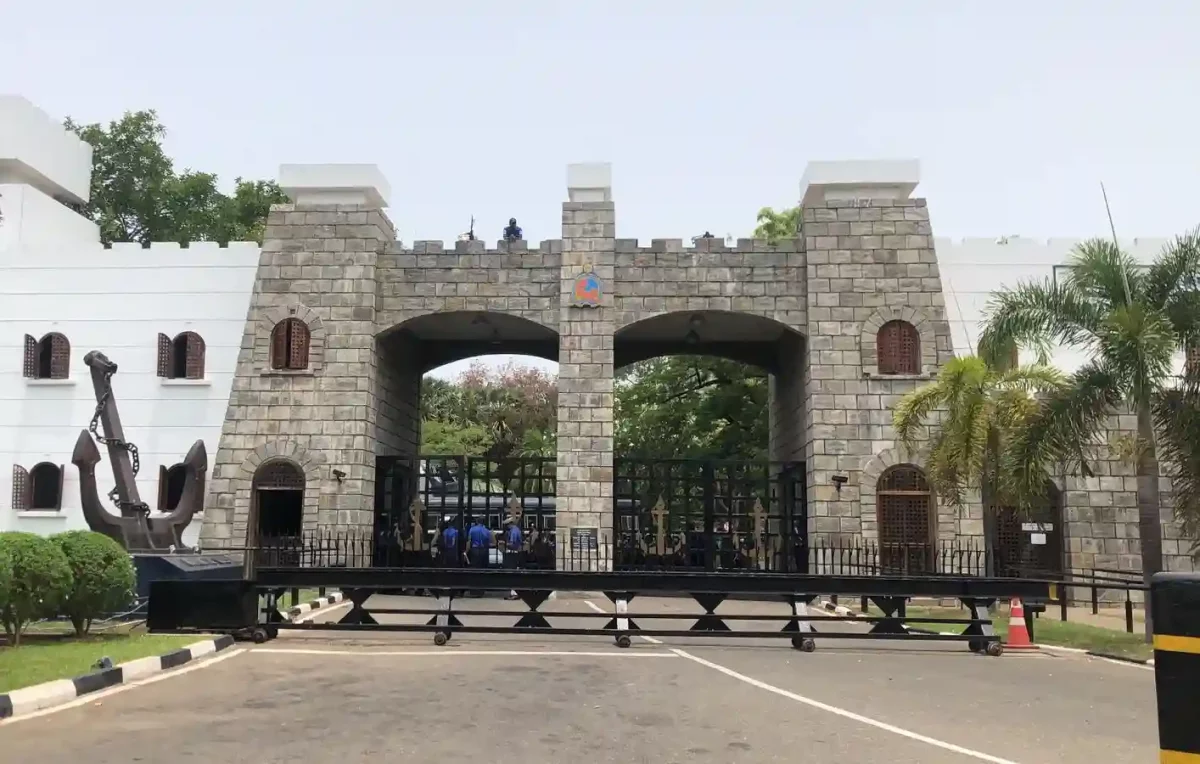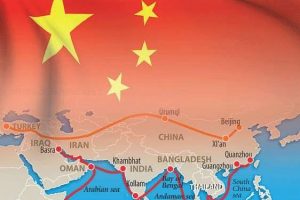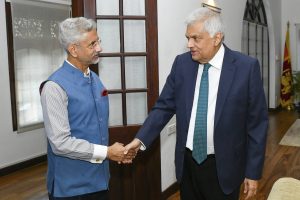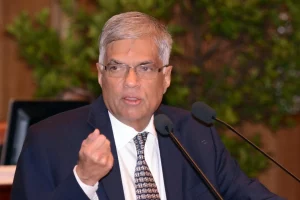The profound churning in Sri Lanka—an impending regime change now that the Rajapaksa family seems to be throwing in the towel—may chiefly benefit an untested organisation.
With the former Prime Minister Mahinda Rajapaksa and most of the extended Rajapaksa family now holed up at a naval base in Trincomalee, a huge political vacuum has emerged in the island nation.
LIVE – Protests outside Sri Lankan navy base in Trincomalee after Rajapaksa ‘evacuated’ from Colombo
Mahinda Rajapaksa was reportedly evacuated from his official residence to the heavily occupied Tamil North-East.
The base is an infamous torture site.https://t.co/DfxBGluAek pic.twitter.com/Z8ok7CYvri
— Tamil Guardian (@TamilGuardian) May 10, 2022
It is here the Front Line Socialist Party (FLSP), a breakaway from the ultra-Left Anatha Vimukthi Peramuna (JVP), which had itself mounted two armed revolts against the government in the past, comes in.
Highly placed sources told India Narrative that FLSP has been a key player in giving political direction to what had started at Colombo’s Galle Face as spontaneous protests against a virtual economic meltdown. The once powerful Rajapaksa family led by President Gotabaya Rajapaksa and Prime Minister Mahinda Rajapaksa, which had monopolised power became natural targets of the people’s wrath, once shortages kicked in and prices skyrocketed. The country was already in trouble on account of Covid, which had dried up tourism, a major source of income.
Extreme measures by the government to promote organic farming had already hit farm production, which plummeted. As in the case of Tahrir square in Egypt during the Arab Spring, the Galle Face became the sanctum sanctorum and the ground-zero of a popular uprising.
Incidentally, the sources revealed that the FLSP has received regular funding from the Chinese, which raises the question of whether the Rajapaksa clan had fallen out with Beijing, their mentor for long.
Hundreds defy nationwide curfew in #SriLanka as anti-government protests continue https://t.co/5HMIBlnWSD pic.twitter.com/UoqAfvPehw
— The National (@TheNationalNews) May 10, 2022
As in other parts of the world, popular rebellion is unable to sustain their spontaneity for too long. In Sri Lanka’s case the FLSP had managed to weave its way inside the popular revolt, climb into the cockpit and to give the anti-Rajapaksa movement a definite direction.
Sources say that the Inter University Students' Federation (IUSF) — a confederation of around 70 students' unions, affiliated to the FLSP, has provided the feedstock for the revolt. The activists of this massive organisation, which dominates the campuses in Sri Lanka’s 5 higher education institutes including all the major universities and technical colleges, had poured into the Galle Face to backbone the protests.
Besides, sources said that 27 WhatsApp groups have been identified which have participated in the uprising and imparted it political direction.
The wide cross-section of the trade unions has also supported the FLSP nucleus—a combination that came into its own during the May Day rally in Colombo.
Ideologically, the FLSP, is more anarchist in its disposition, opposed to the hierarchical organisational setup of a conventional communist party. It is also averse to making political compromises. Consequently, its participation in an interim-government as proposed by the Rajapaksas can be virtually ruled out. On the contrary, the possibility of prolonged anarchy in the island nation can no longer be ruled out.
Inputs by Rahul Kumar
Also Read: Rajapaksas ancestral home burnt down in Hambantota, Mahinda evacuated to safety




















